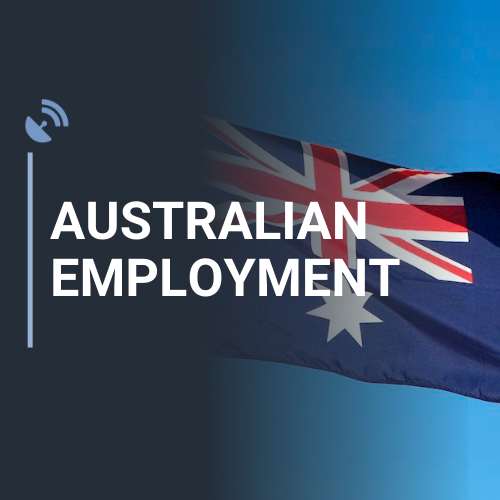Currency Rises as Unemployment in Australia Decreases to 3.7%
Australian employment figures showed strong growth last month, defying predictions and affecting the nation’s monetary policy. According to government data, the economy added 116,500 jobs, almost triple the forecast of a 40,000 gain. Subsequently, the unemployment rate fell to 3.7% in February, down from 4.1% in the previous month.
This positive employment data contradicts other indicators such as business and consumer surveys, job vacancies, and retail sales, which suggest that the economy is slowing. Despite this evidence, the Reserve Bank abandoned its hiking bias after maintaining the key interest rate at a 12-year high of 4.35%, highlighting their need for clarity on the economy’s direction.
However, despite the rise in employment, yearly job growth slightly dropped to 3.2% from 3.5% a year earlier. Experts at Goldman Sachs anticipate annual gains will further slow to 1.2% by December. Nevertheless, Diana Mousina, deputy chief economist at AMP Ltd, said that the labour market is currently solid and doesn’t require an urgent rate cut, although she predicts a deterioration in the job market.
In conclusion, the Reserve Bank and economists will closely monitor the impact of these labor market developments on inflation and Australia’s economy as it may change the trajectory of monetary policy. It is also a strong reminder of the delicate balancing act between economic growth, employment, and inflation.
